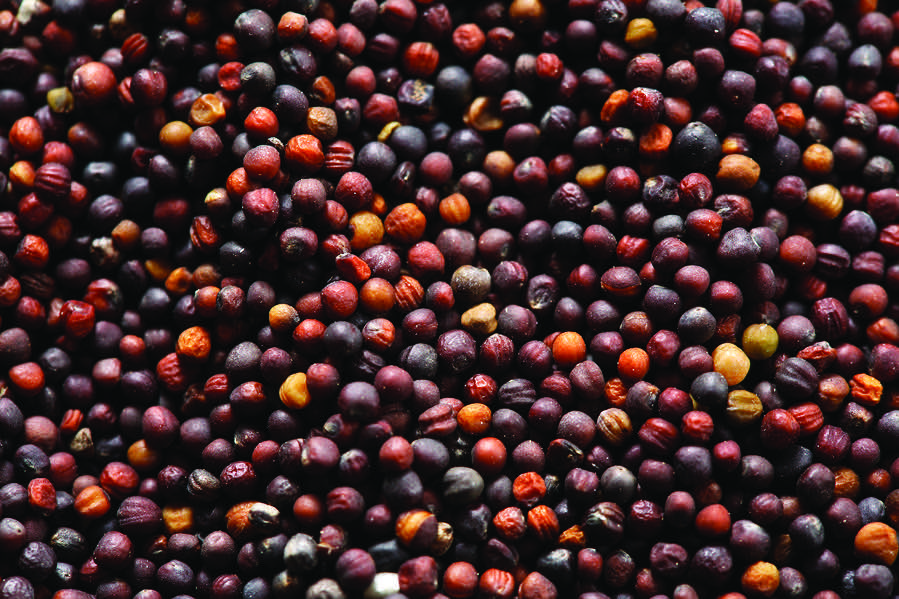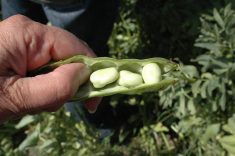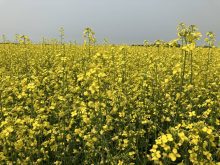How much was taken off your payment for dockage on that last load of canola you delivered? Two hundred dollars? Six hundred? More?
If it’s been a great year, the dockage deduction may not be a major concern. But in ones when yields and quality are down, a big chunk of your profit may evaporate after the elevator operator has passed a sample through two types of sieves, aspirated it, and used a pair of tweezers to pick out the conspicuous admixture.
If you don’t know what those three procedures involve, a pair of videos on “dockage basics” from the Canadian Canola Growers Association should be a must view.
“The dockage assessment process doesn’t need to feel like a mystery,” the association says of the two videos, which were released earlier this year.
The first, called “Canola Dockage Assessment Process for Farmers,” gives a detailed look at how dockage is calculated. This includes the type of sieves (one has round holes and the other has slots) and their sizes (Nos. 6.5 and 7 are common for round-hole sieves and Nos. 0.028 and 0.032 for slotted ones). The video also shows a dockage tester being used for aspiration as well as conspicuous admixture (such as weed seeds or broken canola kernels) being picked out by hand.

The second video, “Canola Dockage Basics for Farmers,” recaps the assessment process but also runs some numbers on deduction for dockage and goes over a farmer’s rights in the process — which include the right to observe the assessment and the recourse “if you have concerns about the assessment done at the time of delivery.”
Both videos are just over five minutes long.
They can be found at the Canadian Canola Growers Association website. (They can also be found on YouTube by searching for ‘canola dockage.’)















